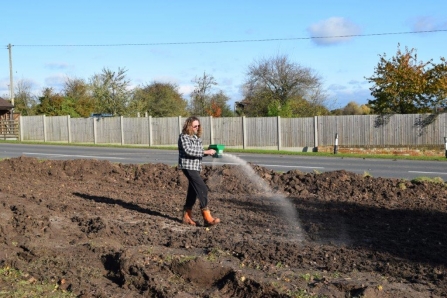Since its launch, Natural Networks has helped to fund the creation or improvement of habitat for wildlife on over 35 hectares of land and water across the county.
50 community groups, businesses and organisations across Worcestershire have so far received recommendations on how to help wildlife on their land with 15 projects so far receiving funding to put the advice into practice.
Councillor Tony Miller, cabinet member with Responsibility for the Environment said: “The Natural Networks project has seen some real success stories in the last year, that we as a county can really be proud of.
“We’ve managed to make real improvements for biodiversity and the funding has seen some projects created which will help local residents, businesses and visitors to all corners of Worcestershire for years to come.
“We’d encourage other projects to come on board and help us build on that success.”
Sean Webber, Natural Networks Officer at Worcestershire Wildlife Trust, said: “It’s been fantastic to see such a great response from landowners who want to help wildlife in the county.
“It’s been great to see work get underway on the projects that have so far received funding and we’re keen to get even more projects started so that we can really give Worcestershire’s wildlife the boost it needs.”

